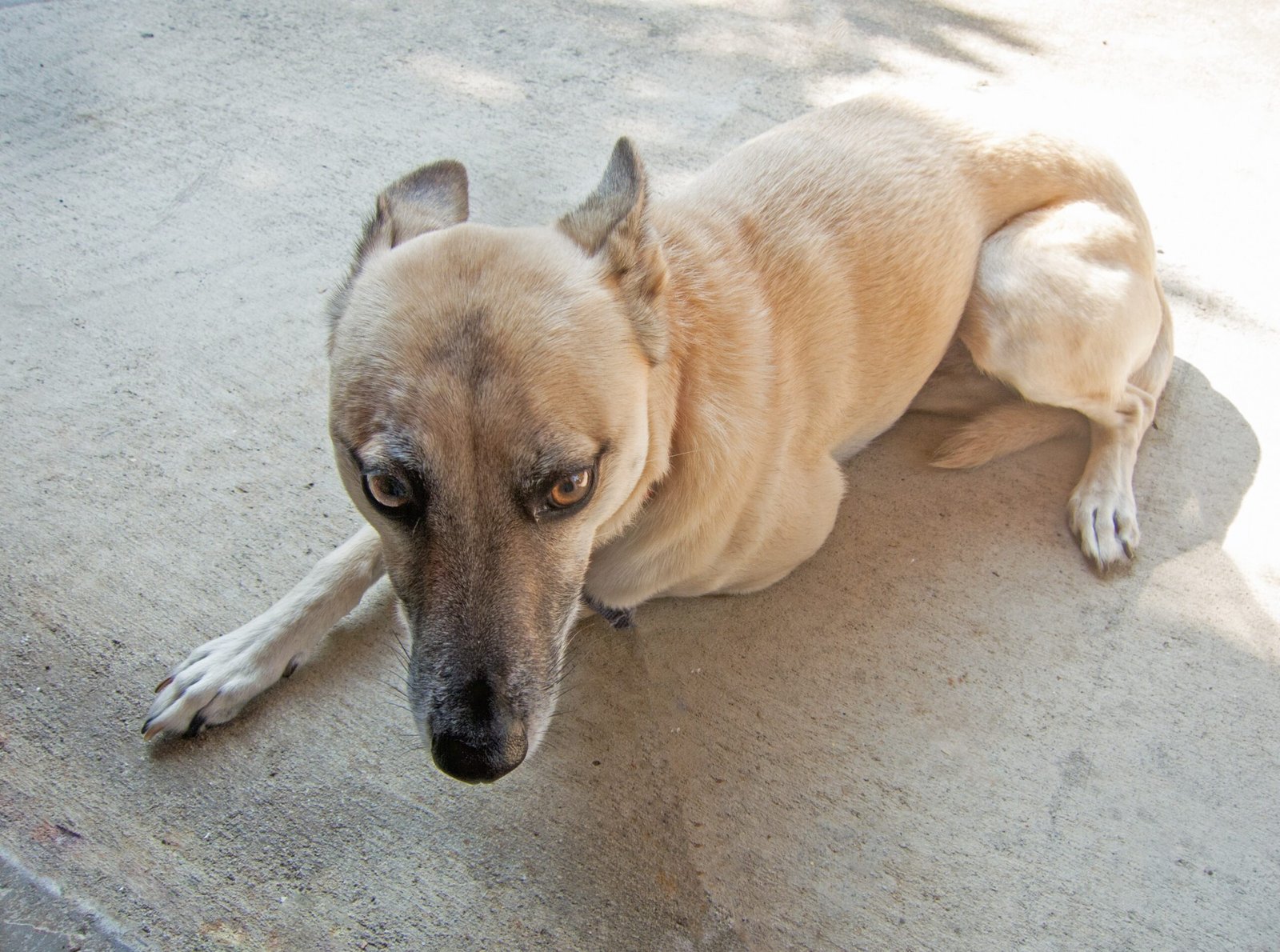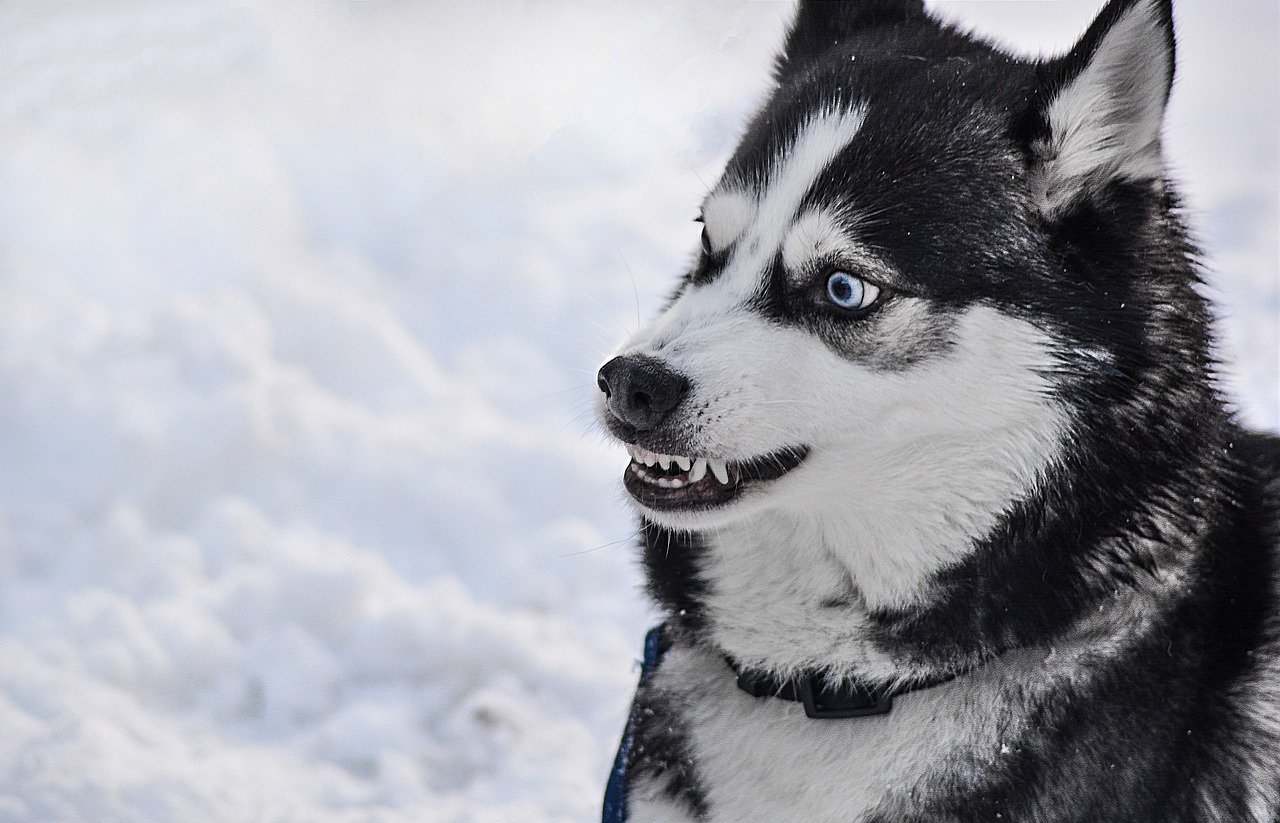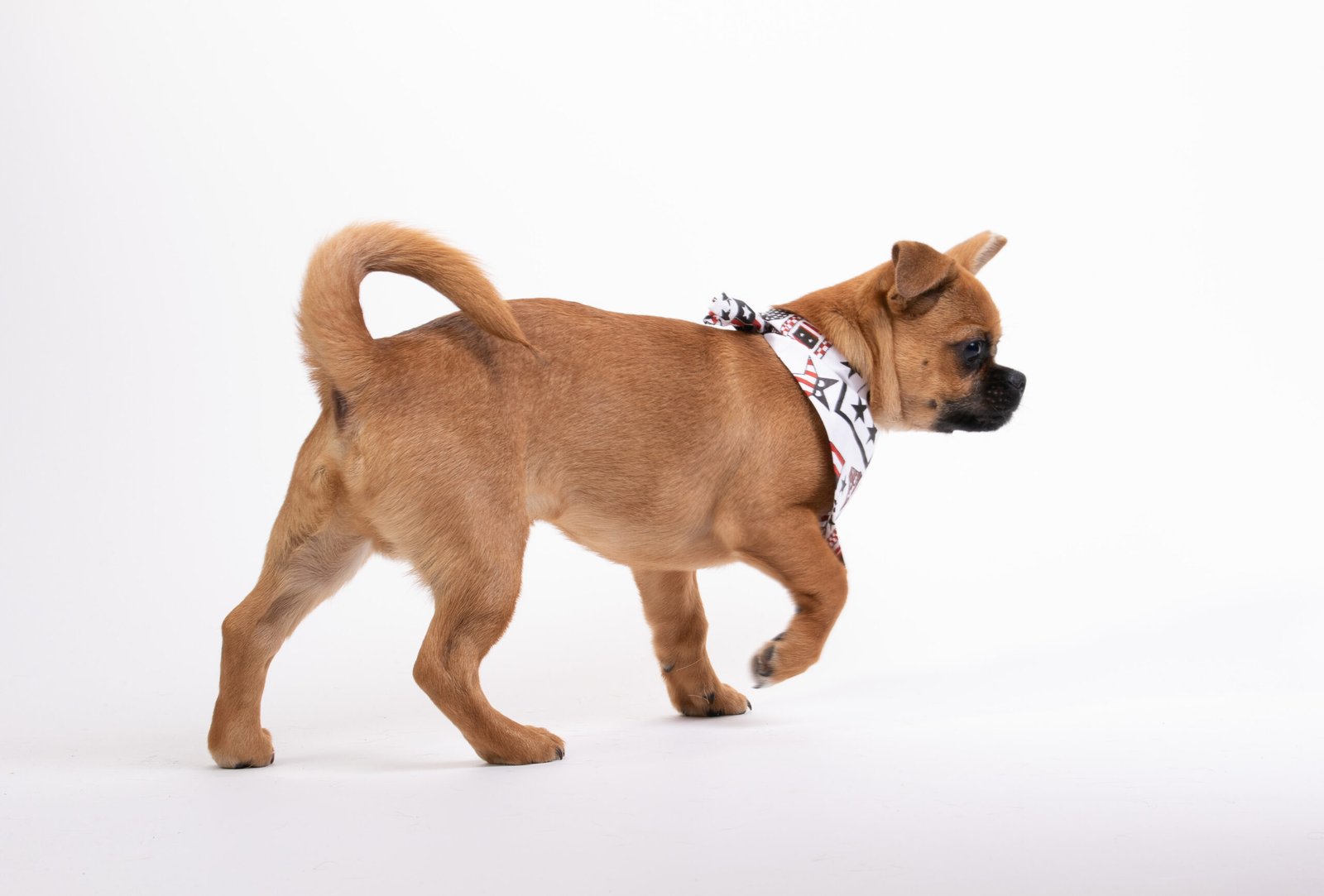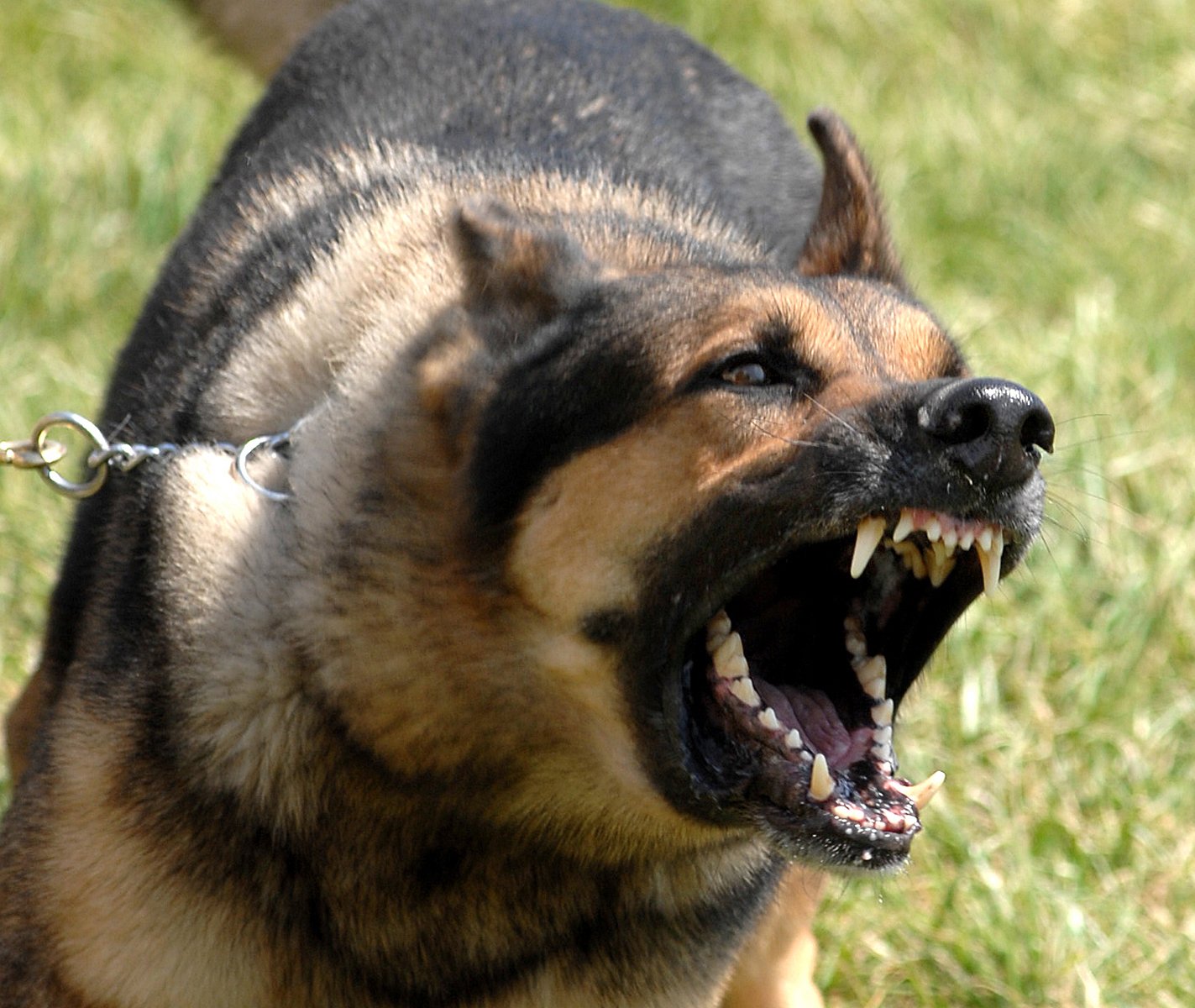Have you ever wondered what your dog is trying to communicate when its tail tucks between its legs, or its eyes dart around nervously? Our furry friends may not speak our language, but their body language can speak volumes. Understanding when your dog is scared is crucial for their well-being and your bond with them. Let’s delve into the fascinating world of canine communication and uncover the ten ways your dog might be telling you they’re scared.
Tucked Tail: The Universal Sign of Fear

One of the most recognizable signs that your dog is scared is a tucked tail. When a dog’s tail is tightly tucked between its legs, it’s a clear signal of fear or submission. Imagine the way we might cross our arms when feeling insecure; dogs do something similar by tucking their tails. This behavior is often accompanied by a lowered body posture, making them appear smaller and less threatening. If you notice this, it’s a good idea to assess the environment for potential stressors, such as loud noises or unfamiliar people.
Wide Eyes: The Windows to Their Worry

A dog’s eyes can be incredibly expressive, and wide, dilated eyes often indicate fear. When your dog is scared, their eyes may appear larger, and you might even see the whites of their eyes, known as “whale eye.” This is their way of saying, “I’m uncomfortable, and I’m trying to figure out what’s going on.” Just like how we might widen our eyes in surprise or fear, dogs do the same. If you see this expression, it’s essential to provide reassurance and remove any immediate threats.
Excessive Panting: Not Just From Exercise
Panting is a normal behavior for dogs, especially after physical activity. However, excessive panting in a calm environment can be a sign of stress or fear. Imagine how we might take deep breaths when anxious; dogs pant to regulate their emotions. If your dog is panting heavily and it’s not due to exercise or heat, consider what might be causing them stress. It could be anything from separation anxiety to an unfamiliar environment.
Yawning: More Than Just Tiredness
While yawning is typically associated with tiredness, in dogs, it can also be a sign of fear or anxiety. Dogs often yawn as a way to calm themselves down, similar to how we might take a deep breath to relax. If your dog is yawning frequently and it doesn’t seem to be bedtime, it might be their way of coping with stress. Observing this behavior in conjunction with other signs can help you understand what your dog is experiencing.
Licking Lips: Not Always About Hunger
Lip licking is another subtle sign that your dog might be scared. When dogs are nervous, they often lick their lips as a way to self-soothe. Think of it as a nervous habit, much like how humans might bite their nails. If your dog is repeatedly licking their lips and there’s no food in sight, it could be a sign that they’re feeling uneasy. Pay attention to the context in which this behavior occurs to better understand your dog’s emotional state.
Hiding: Seeking Safety in Solitude
When your dog is scared, they might seek out a safe, quiet place to hide. This behavior is akin to how we might retreat to our rooms when feeling overwhelmed. Dogs often hide under furniture or in their crate when they feel threatened. If you notice your dog disappearing more often than usual, it could be a sign that something is making them anxious. Providing a comforting environment and addressing potential stressors can help alleviate their fear.
Growling: A Vocal Warning Sign

Growling is often misunderstood as aggression, but it can also be a sign of fear. When a dog growls, they’re essentially saying, “I’m uncomfortable, and I need space.” It’s important to respect this warning and not punish your dog for growling. Instead, try to identify the source of their fear and address it. By acknowledging their feelings, you can help build trust and prevent further escalation.
Shaking: More Than Just a Chill
If your dog is shaking or trembling, it might not just be because they’re cold. Shaking is a common response to fear or anxiety in dogs. Imagine how we might tremble when we’re nervous or scared; dogs experience something similar. If your dog is shaking in a seemingly calm environment, try to determine what might be causing their distress. A comforting touch or reassuring words can go a long way in calming their nerves.
Pacing: Restlessness with a Purpose

Pacing is another sign that your dog might be scared. When dogs pace, it often indicates that they’re feeling restless or anxious. This behavior is similar to how we might pace back and forth when we’re worried or trying to make a decision. If your dog is pacing more than usual, it could be a sign that something is bothering them. Observing their behavior and environment can help you pinpoint the cause of their anxiety.
Barking: More Than Just Noise

While barking is a natural form of communication for dogs, excessive barking can be a sign of fear. When a dog barks out of fear, it’s often higher-pitched and more frantic than their usual bark. This is their way of alerting you to potential threats or expressing their discomfort. If your dog is barking more than usual, try to identify any changes in their environment that might be causing them stress.
Understanding the ways your dog communicates fear is essential for maintaining their well-being and strengthening your bond. By recognizing these signs, you can provide the comfort and reassurance they need to feel safe and secure. Next time you notice any of these behaviors, consider what might be causing your dog to feel scared and take steps to address it. After all, a happy, stress-free dog is a joy to have by your side.

Esther is from India; the heartbeat of South Asia, holding a Master’s degree in Zoology and a postgraduate diploma in Animal Welfare. Her enthusiasm for animal welfare drives her passion and dedication to working for animals, ensuring their well-being, and advocating for their rights. With a solid academic background and hands-on experience, she is committed to making a positive impact in the field of animal welfare. In her free time, she enjoys embroidery and sewing. As a Chennaite from Tamil Nadu, Esther loves Bharathanatyam, an Indian classical dance form.





